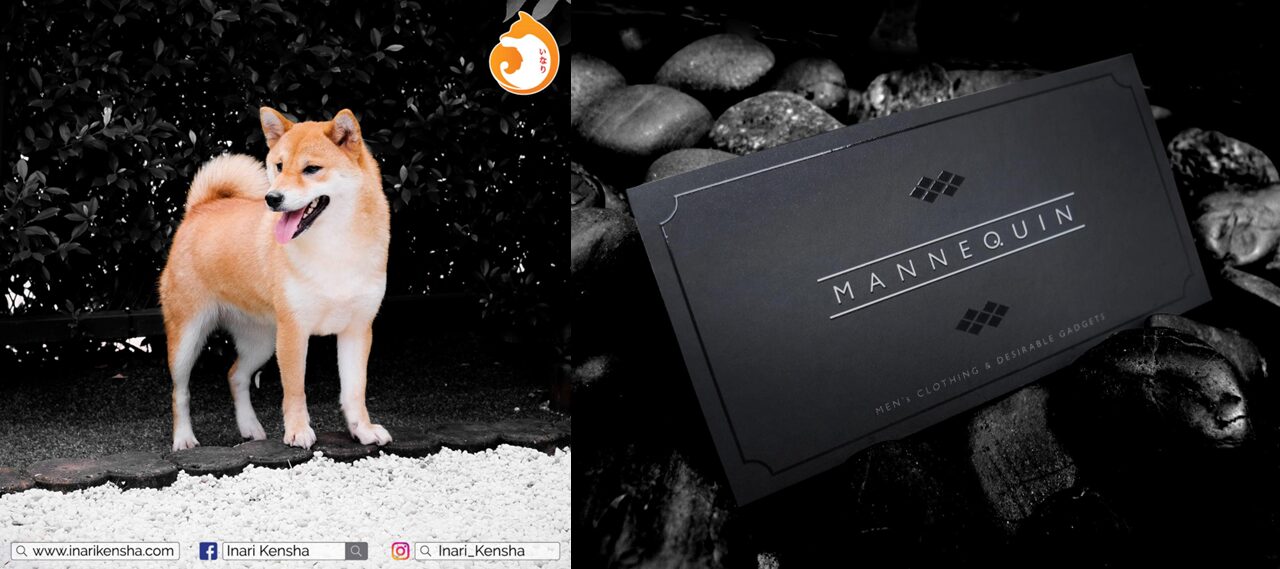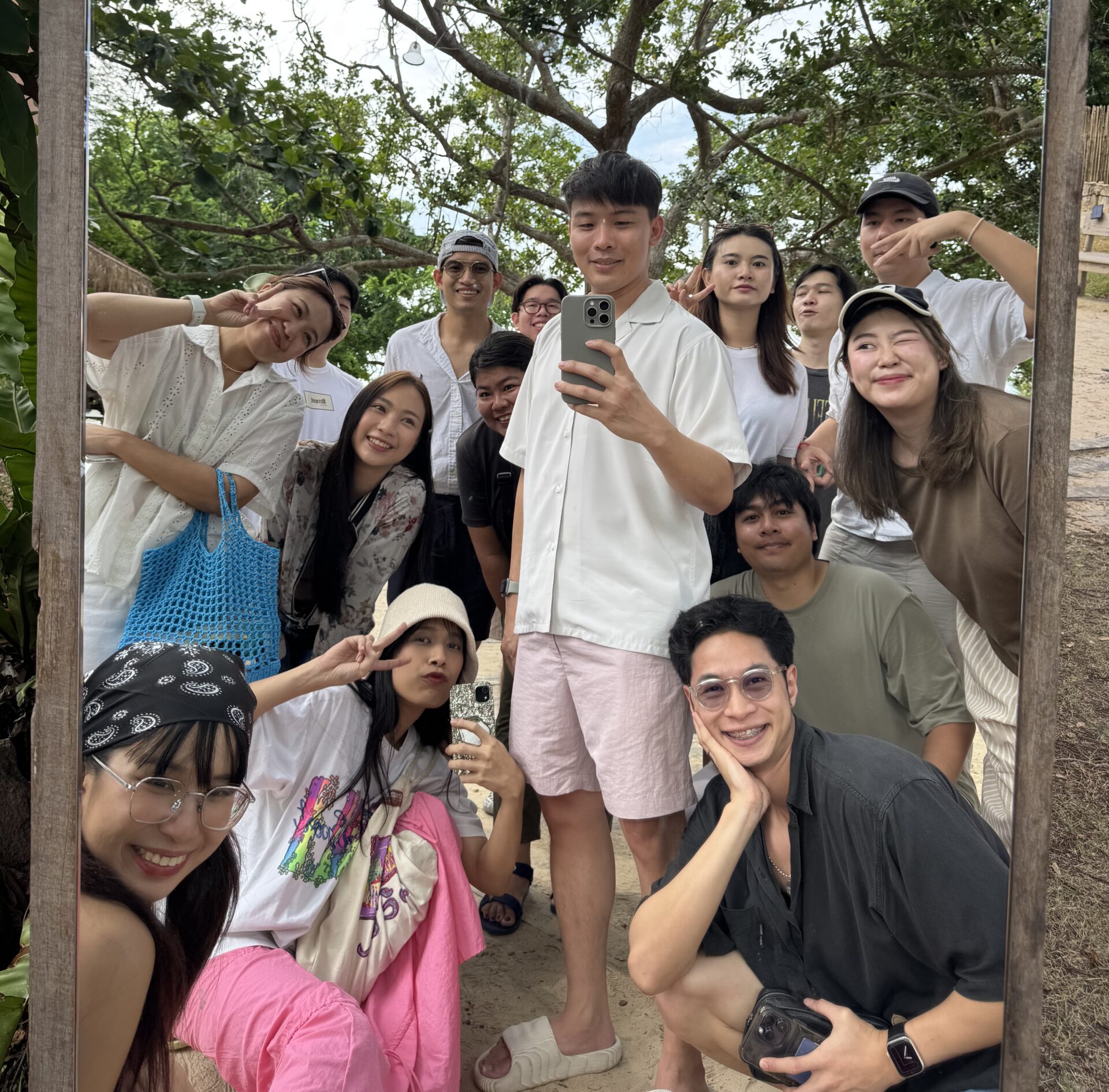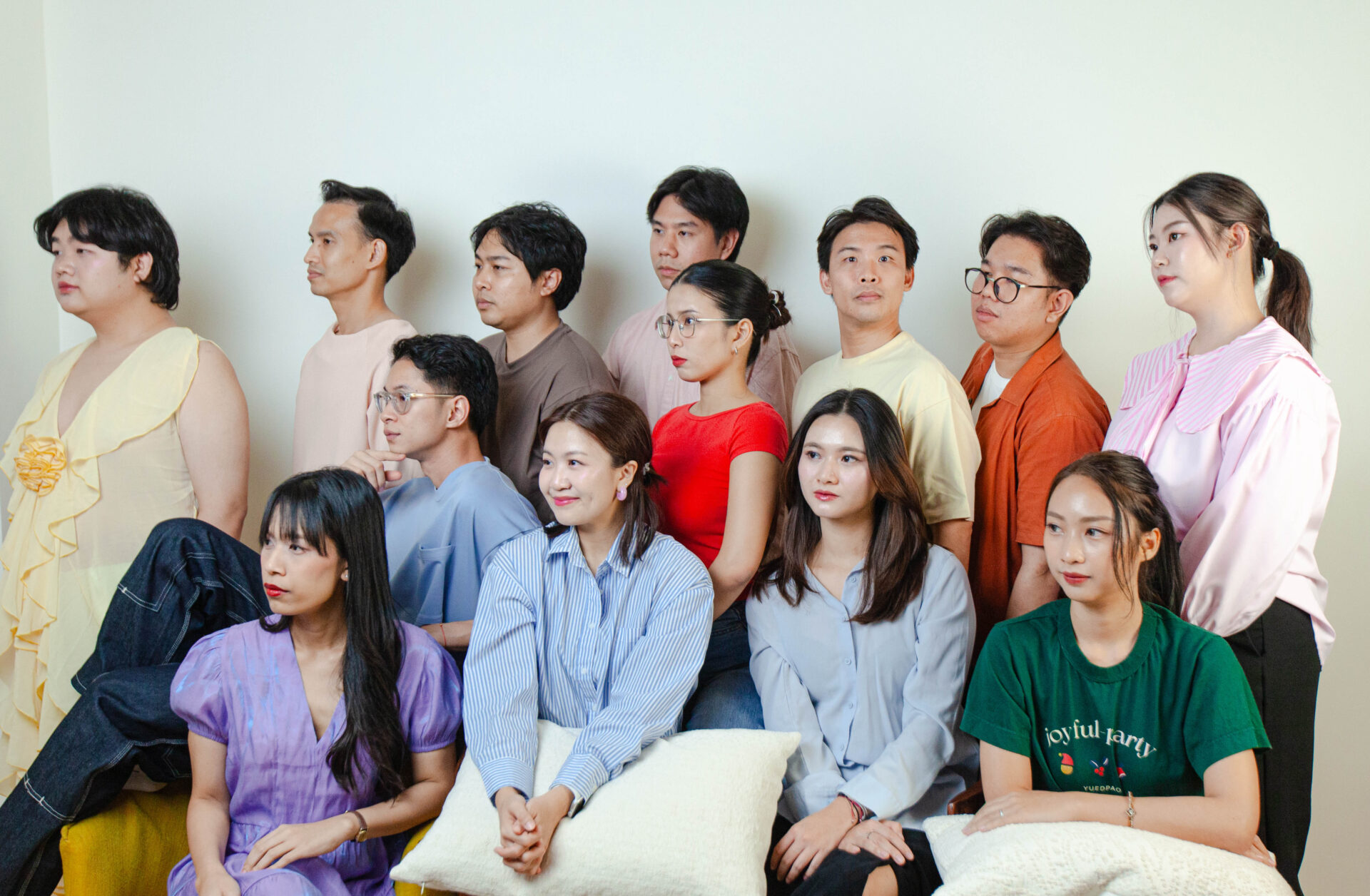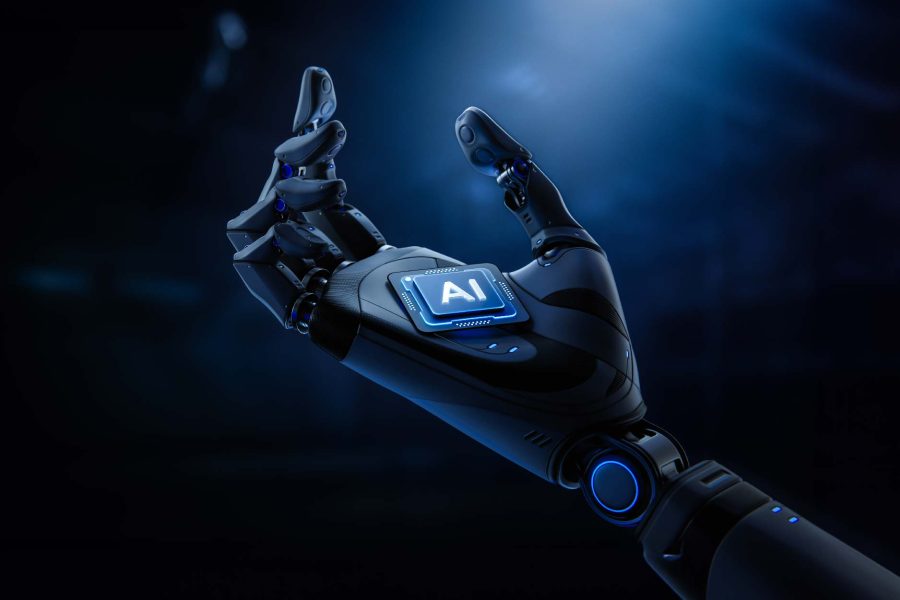“Ever since I started working as a UX/UI Designer, everything in the world has become UX to me.”
Many people at Bluebik know Makorn, the big brother of the Design and Experience (DE) team, as a kind and patient Project Manager who’s always ready to guide his juniors. But what many may not know is that he started out as a graphic designer with little to no tech experience. He wasn’t familiar with UX/UI principles and used to believe that mastering an app was entirely the user’s responsibility.
Today, Makorn is a key player on the DE team and a true UX/UI expert.
So what made this designer, who once knew nothing about UX/UI, completely shift his mindset? And what has he learned during his four-year journey at Bluebik?
Let’s move in closer and listen to Makorn’s story together.
Good Design = Good Life
After graduating with a degree in Industrial Design from King Mongkut’s Institute of Technology Ladkrabang, Makorn spent a year working as a graphic designer. At the same time, he launched his own clothing brand — and later, driven by his love for animals, started a Shiba Inu breeding business.
But no matter the job, one thing remained constant: design. For Makorn, the fun of design isn’t just about visual beauty. He believes great design can make people’s lives better.
“Sometimes what’s on the market just doesn’t work for us. So I ask myself: how can I improve it? How can I make it easier to use?
Like clothes — I’m a small guy, and most international brands don’t fit me. That’s why I started a brand designed for Asian body types.”
When the Shiba Inu business started doing well, Makorn was invited to join Bluebik as a UX/UI Designer. The one who brought him in? Earth – Soranun Choochut, Chief Experience Officer and head of the DE team.

Is It the User’s Job to Figure It Out?
“At first, it was about designing applications. I felt it was interesting work, but not too far from what I knew. I’d done websites before, and apps are basically websites in a smaller format. So I thought I could probably handle it,” Makorn recalls.
But once he started, he quickly learned a valuable lesson.
“I used to think learning how to use an app was the user’s responsibility. But when I first joined a project to redesign an app. Before starting, I had to try out the current design to identify its issues and determine what needed to be fixed. But I felt like there were no problems at all.
With the mindset that it was my responsibility to learn to use it, I only found fault with the visual aesthetics and colors, but I didn’t understand User Experience at all.”
Buttons that you can tell at a glance which page they’ll take you to, words used in buttons must be as easy to understand as possible. These are examples of User Experience (UX) that Makorn was just learning at Bluebik.
“From then on, I became someone who couldn’t stop critiquing. I’d download apps and immediately think, ‘Why did they design it like this? Wouldn’t this be easier?’
Those questions reflected back on me and made me realize that this is precisely what I love: making things better. That’s when I knew this job was the right fit.”
UX/UI is About Understanding People
The Design and Experience (DE) team handles diverse design work, from apps and websites to branding and corporate identity books.
For Makorn, the most important part of UX/UI is understanding ‘people.’
Each product has its ‘users.’ What UX/UI designers need to do is think carefully about who exactly the users of that product are, understand their pain points, and craft work that addresses or solves those pain points as much as possible.
“Teenagers might have one set of needs, while elderly people have different needs. Let’s say you create a beautifully designed app, but the font is too small. If your target users are older adults who need glasses just to use it, maybe it’s time to reconsider your design.”
Learning Never Stops
One of Makorn’s biggest challenges when he first joined Bluebik was adjusting from his graphic design background to working with tech teams.
“I remember sitting in meetings with developers and thinking, ‘Are they speaking another language?’
There were so many technical terms I didn’t understand. I filled notebooks with vocab I had to look up later. And when that wasn’t enough, I’d ask someone to explain.”
“UX/UI work never stops evolving. Technology moves fast. User expectations shift constantly. What worked four years ago may not work today. You can’t rely on outdated knowledge.
UX is never finished — it’s constantly changing.”

Empathy is the Key
Today, Makorn has moved up to the role of Project Manager. From being a designer who did everything himself to becoming a Project Manager, taking care of junior team members, teaching them work, while also serving as a bridge between clients and the DE team and the development team. Makorn admits this is work that significantly challenges his abilities.
“The work itself hasn’t changed much, but the role feels completely different.
Managing people is challenging but rewarding. It’s a world I’m still trying to fully understand. I used to think, ‘I did it, why can’t you?’ But over time, I’ve learned how unfair that mindset is. Everyone is different. We all grow up in different ways. Whether someone can or can’t do something often comes down to a lot of other factors.”
For Makorn, people management is just another form of UX.
“Managing a team is about empathy. Team members — just like users — have their own pain points.
Maybe someone is struggling because they’ve never done it before. Perhaps they don’t know how. Sometimes, they just need you to show them once.
These days, everything feels like UX to me.”
“Empathy is especially important in today’s world, where even small things can escalate quickly. If someone’s late or seems off, maybe something is going on at home. If we never ask, we’ll never know. Empathy is almost the core principle in managing people.”
Happy to Ask, Happy to Answer
But when stepping up to become a leader, Makorn doesn’t feel like he’s facing challenges alone.
That’s because Bluebik provides regular training across all levels to support employees’ growth, and has a culture of openness where people feel comfortable asking questions.
“Sometimes we’re curious about things we’re not good at, but we have other teams nearby, so we can walk over and ask or consult with them. Sometimes, seeing work that other teams do, we pick up some knowledge. It makes us comfortable knowing that if we get stuck on any problem, we just need to walk over and ask someone good at it.”
Lead by Example
So what’s Makorn’s leadership style?
“I’d say I’m the ‘lead by example’ type.”
“The downside is that our workload might be heavy because we’re not good at delegating, but we have to demonstrate and be an example. But it also depends on how much the other side absorbs what we teach. These days, I’m trying to adjust—whether it’s coaching style or work distribution. I follow up periodically to reduce some work for myself.”
Makorn believes that a great team is made up of people who know their responsibilities and own them.
“I used to be very strict about rules. Now, if someone understands their role, I don’t micromanage.
We just check in at the right times. But quality still matters. Even if the work is on time, if it’s not up to standard, I give direct feedback. That’s how we grow.”

Work with Pride, Live with Balance
After four years at Bluebik, what is Makorn most proud of?
“This work answers my design philosophy; I design because I want to make things better. So when we can make something even a little bit better, I’m already proud,” he smiles and continues explaining.
“Every project has its challenges. But at the end of the day, did we make it better? Did we help the client? Did we make something more useful, more beautiful?
And just as importantly, did I help my team grow?”
Makorn recalls two projects that stood out. One was redesigning a financial app for a major bank with millions of users — a big challenge with lots of pressure. The other was an app for rubber farmers. The DE team conducted interviews with farmers to understand their workflow and used those insights to build an app that helped them sell more efficiently.
“Even after four years, I still feel like I’m learning. There’s always something new.
I started by just focusing on myself. But now, I have to think about everyone — my teammates, our users, clients, and partners.
It’s about finding balance. About making sure everyone can win — and grow — together.”
That’s the story of Makorn’s journey — one shaped by growth, empathy, and the kind of learning he never expected.
If you’re looking for a place where you can grow like this too, check out our open roles: https://bluebik.com/job/












